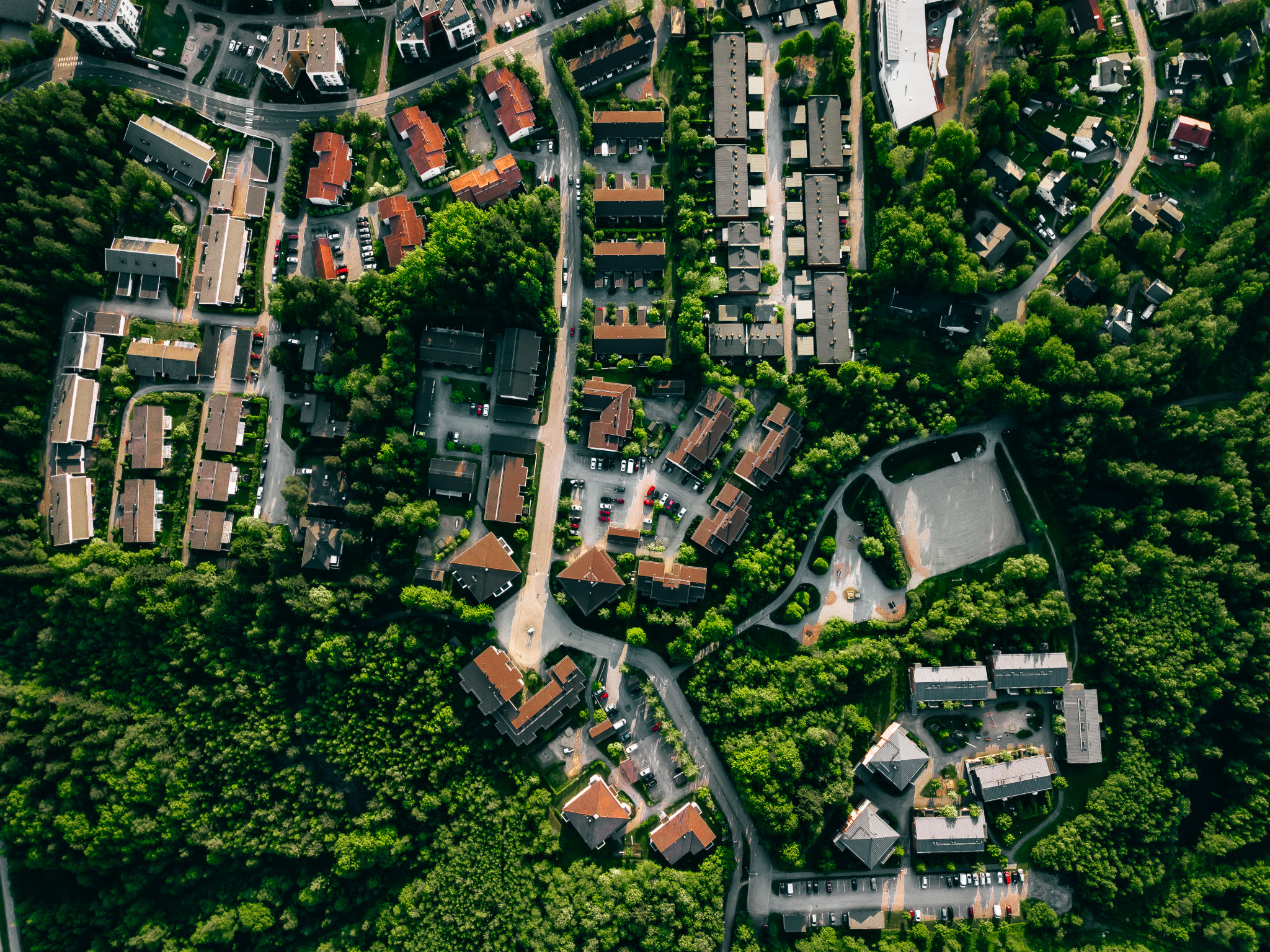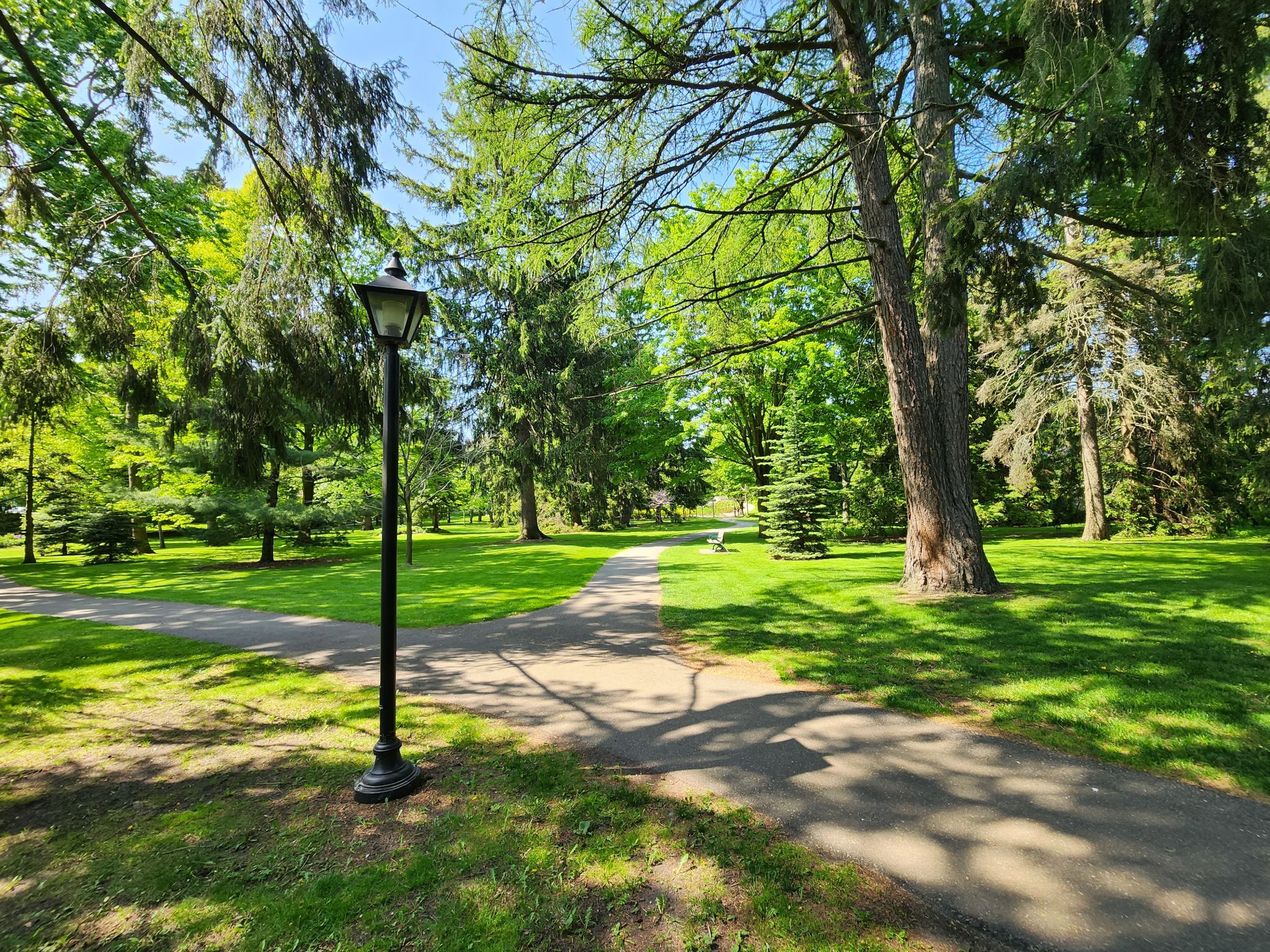Top 5 Myths About Urban Forestry in Switzerland Debunked
AL
Myth 1: Urban Forestry is Only About Planting Trees
Many people believe that urban forestry is simply about planting trees in cities. However, this is a common misconception. Urban forestry encompasses a wide range of activities including tree maintenance, pest management, and community education. The goal is to create a sustainable and healthy urban ecosystem, which involves much more than just planting trees.

Urban foresters work diligently to ensure that trees are properly cared for, which includes pruning, watering, and protecting them from diseases and pests. They also engage with the community to raise awareness about the importance of trees and how to take care of them.
Myth 2: Urban Trees Don’t Live Long
Another myth is that trees in urban areas have a significantly shorter lifespan compared to those in rural areas. While it is true that urban environments can be more challenging for trees due to pollution, limited space, and human activities, proper care and management can greatly extend their lifespan. In fact, some urban trees in Switzerland have been thriving for decades, thanks to dedicated urban forestry programs.
Urban foresters use advanced techniques and technologies to monitor tree health and address issues before they become severe. This proactive approach helps ensure that urban trees can live long, healthy lives, providing benefits to the community for many years.
Myth 3: Urban Forestry is Not Important
Some people think that urban forestry is not as important as other environmental efforts. However, urban forests play a crucial role in improving air quality, reducing urban heat islands, and providing habitat for wildlife. They also enhance the aesthetic appeal of cities and contribute to the well-being of residents by offering recreational spaces and reducing stress.

In Switzerland, urban forestry is recognized as an essential component of sustainable urban development. Cities like Zurich and Geneva have invested in extensive urban forestry programs to ensure that their urban environments remain green and healthy.
Myth 4: Urban Forestry is Expensive
There is a common belief that urban forestry is a costly endeavor that drains municipal budgets. While there are costs associated with planting and maintaining trees, the benefits often outweigh the expenses. Urban forests can save cities money by reducing energy costs, improving stormwater management, and increasing property values.
Moreover, many urban forestry projects in Switzerland are funded through public-private partnerships, grants, and community initiatives, making them more affordable and sustainable in the long term.
Myth 5: Only Certain Trees Can Be Planted in Cities
People often think that only specific types of trees can thrive in urban environments. While it is true that some species are better suited for city life, urban foresters in Switzerland carefully select a diverse range of trees to ensure resilience and adaptability. This diversity helps urban forests withstand pests, diseases, and changing climate conditions.

By planting a variety of tree species, urban foresters create a more balanced and sustainable ecosystem that can provide numerous benefits to the community. This approach also ensures that urban forests remain vibrant and healthy, even in the face of environmental challenges.
In conclusion, urban forestry in Switzerland is a multifaceted and essential practice that goes beyond simply planting trees. It involves a holistic approach to creating and maintaining healthy urban ecosystems that benefit both people and the environment. By debunking these myths, we can better appreciate the value of urban forestry and support efforts to make our cities greener and more sustainable.
